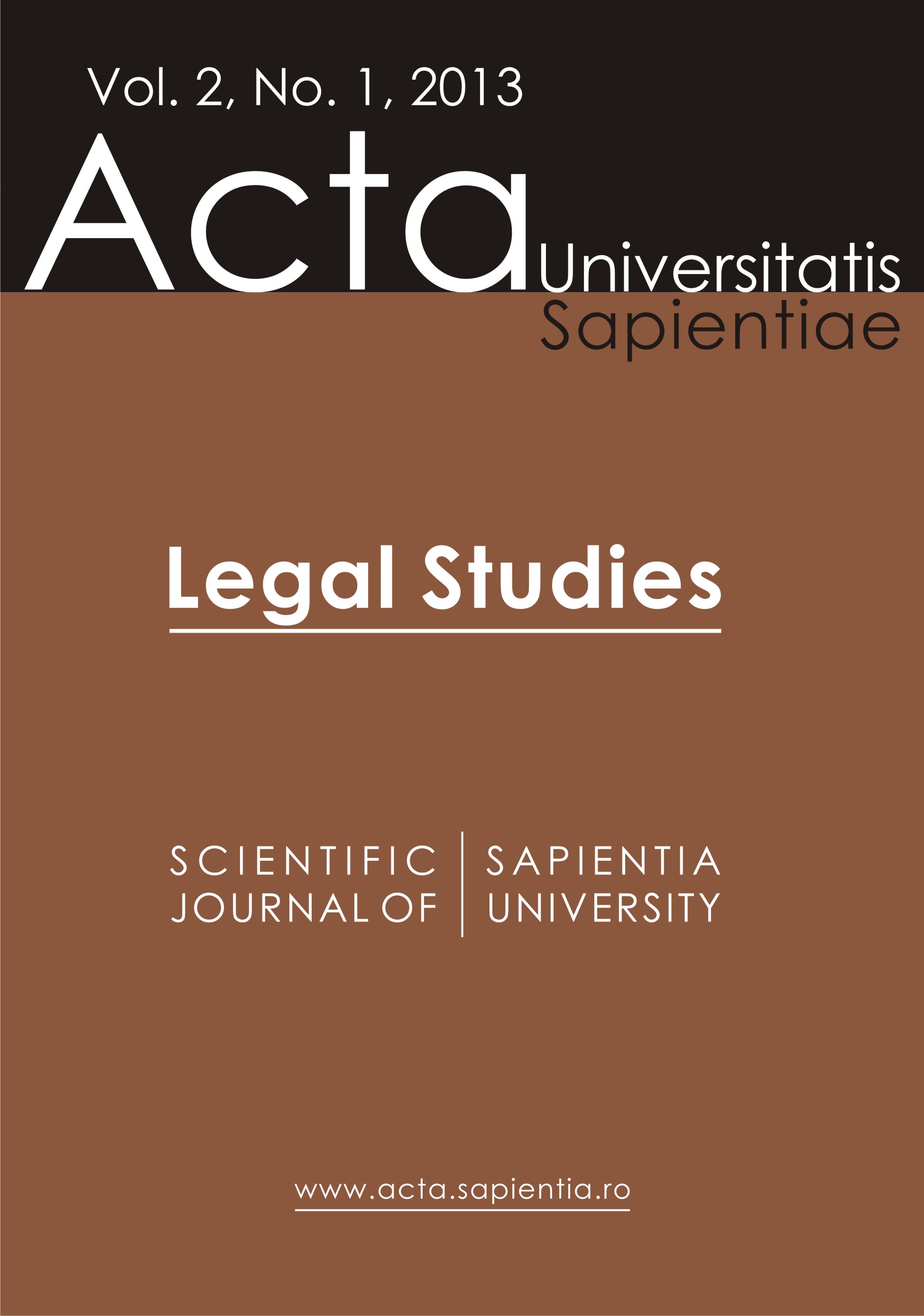Chapters from the Legal History of Leprosy
Chapters from the Legal History of Leprosy
Author(s): Orsolya FalusSubject(s): Law, Constitution, Jurisprudence, Law on Economics
Published by: Scientia Kiadó
Keywords: leprosy; WHO; Holy Bible, Military and Hospitaller Order of Saint Lazarus of Jerusalem; leprosorium; patients’ rights
Summary/Abstract: Initiated by the French journalist Robert Follereau, in 1954 the UNO inaugurated the Leprosy Day (Martyrs’ Day), which is celebrated on the last Sunday of January every year. Although the bacterium that causes leprosy was isolated by the Norwegian scientist Gerhard Henrik Armauer Hansen in 1873 and from 1982 this disease can be cured with a special pharmaceutic complex, still 219,826 new lepers are detected worldwide every year, according to the data published in August 2010 by WHO-experts. Ancient Chinese and Hindu sources from 600 BC already refer to leprosy; to Europe the disease was imported by the army of Alexander the Great from India around 327-326 BC. Even the Old and the New Testament of the Holy Bible mention leprosy in several details. During the Middle Ages the Military and Hospitaller Order of Saint Lazarus of Jerusalem, established in the Holy Land in 72 A D, did pioneer work in nursing lepers. In the process of time the medical attendance concerning lepers was organised in special hospitals called ‘leprosoria’ built on river banks. Special office and even services were organised for the treatment and isolation of the people infected. Although medical science has prevailed against leprosy, and almost simultaneously even jurisprudence defended the patients’ rights via legislation, still mankind can regrettably not get rid of this disease that stigmatises seriously.
Journal: Acta Universitatis Sapientiae, Legal Studies
- Issue Year: 2/2013
- Issue No: 1
- Page Range: 39-50
- Page Count: 12
- Language: English

